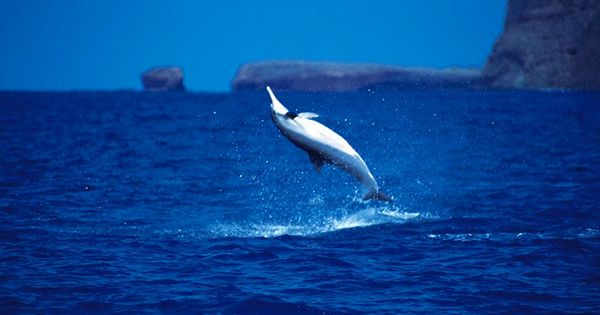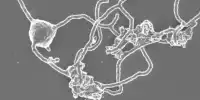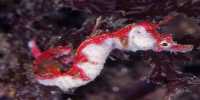The National Oceanic and Atmospheric Administration (NOAA) of the United States finalized a new rule on going too close to Hawaiian spinner dolphins this week. Within two nautical miles of the main Hawaiian Islands, as well as within waters restricted by the islands of Lana‘i, Maui, and Kahoolawe, swimming with, approaching, or remaining within 50 yards (45.7 meters) to the acrobatic animals will be prohibited beginning October 28. “Hawaiian spinner dolphins, like other mammals, require rest,” according to an NOAA, press statement. “Spinner dolphins are nocturnal feeders that rest in safe, nearshore regions throughout the day.”
However, commercial and recreational wildlife viewers seeking near interactions with the fascinating sea mammals have put significant pressure on spinner dolphins in Hawai’i for decades.”
The prohibition does not only apply to swimmers; it also applies to any vessel or object, “including all boats, canoes, stand-up paddleboards, drones, or any other methods,” according to NOAA. The rule also covers attempting to get around the ban via “interception” – that is, putting yourself or your vessel in the path of a dolphin so that the spinner reaches within 50 yards of you.
The EPA stated, “Chronic exposure to human activities in their daylight critical habitat may put resident populations of spinner dolphins at danger through habitat displacement or poor health.” “Despite the fact that spinner dolphins can simply’swim away,’ doing so disrupts their relaxation.”
Despite the fact that the Marine Mammal Protection Act of 1972 prohibits harassment of spinner dolphins, recurrent forced interactions with people have occurred. The charismatic cetaceans’ spins and leaps are popular among tourists in Hawaii, and unethical tour operators are responsible for increased encroachment into their environment. The dolphins’ capacity to hunt and raise their young disrupted because of their constant alertness in the face of these space invasions.
NOAA has proposed a rule to introduce time-area closures of some spinner resting locations, in addition to the 50-yard ban. These five nearshore regions – Kealakekua, Hnaunau, Kauhak (Ho‘okena), and Makako Bays on Hawai‘i Island, and La Perouse Bay on Maui – have been identified as key daytime habitats for dolphins, and the proposed rule would ban entry between 6 a.m. and 3 p.m. Despite the bans, guidelines outreach, and stewardship measures already in place, close encounters between humans and spinner dolphins continue to occur, according to NOAA’s news release. “We have determined that further regulations are required to protect Hawaiian spinner dolphins from activities that result in harassment and other forms of disturbance based on the best available scientific information.”















